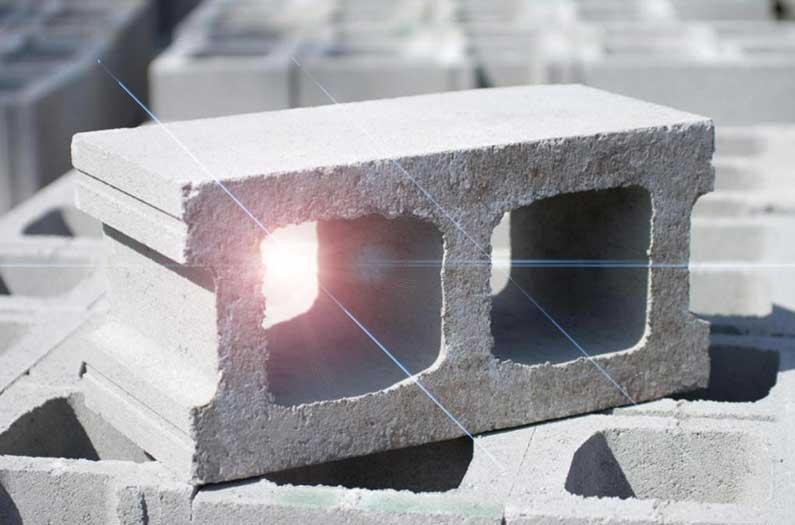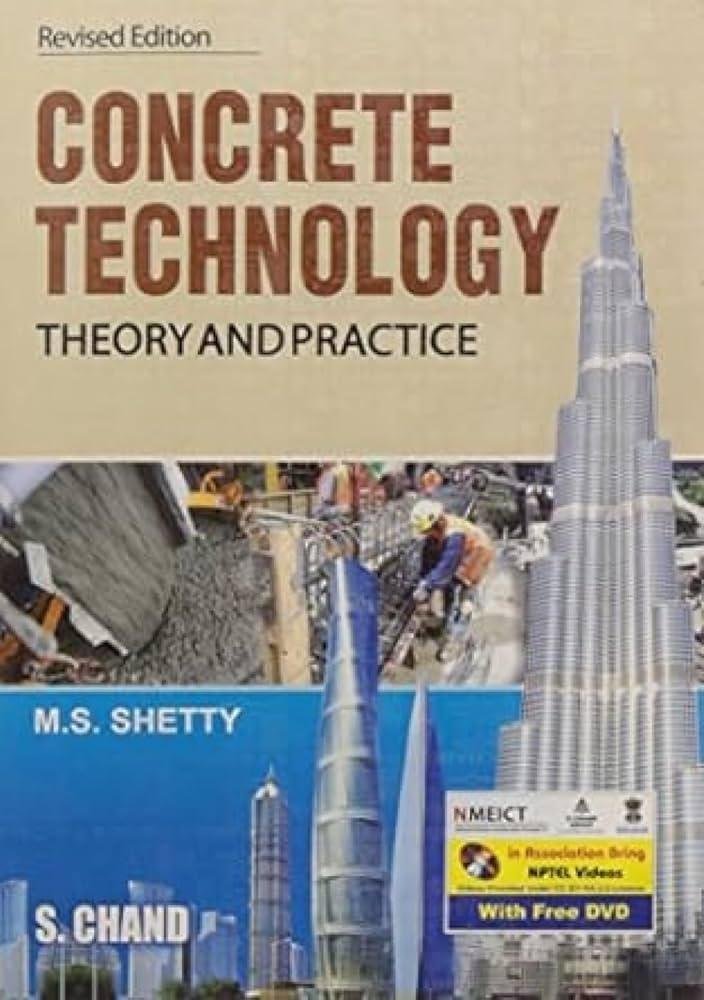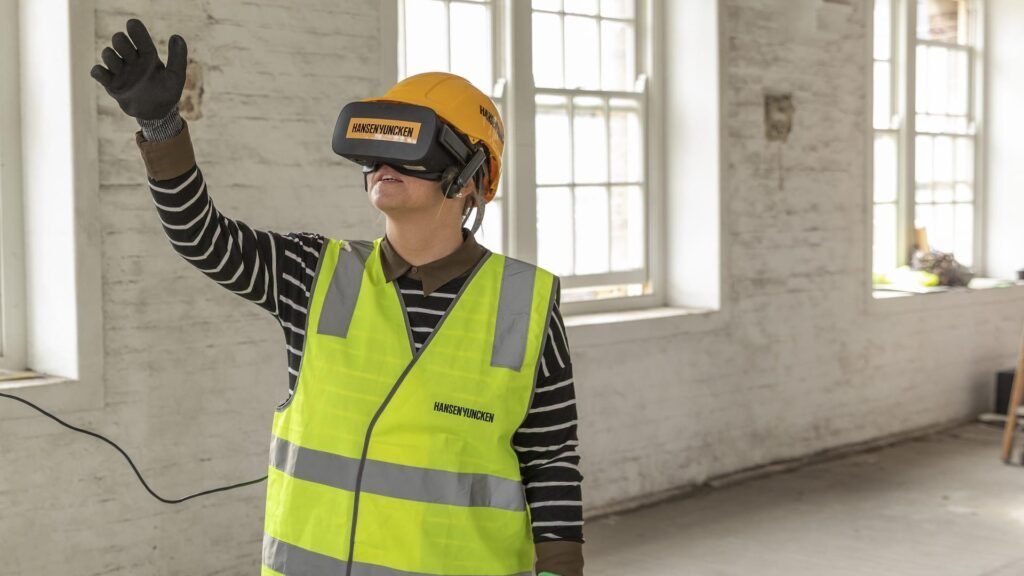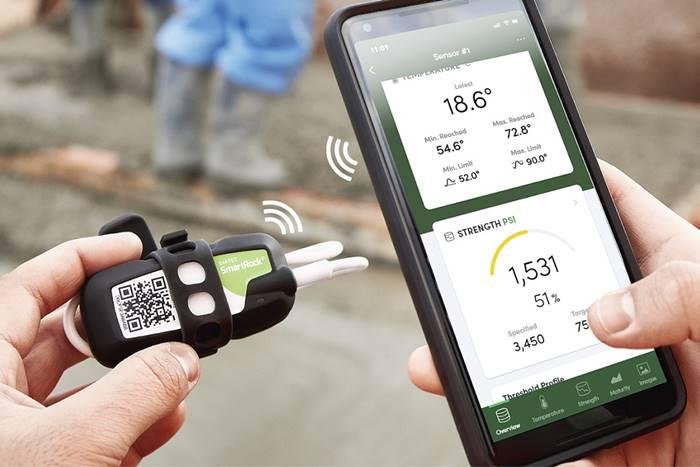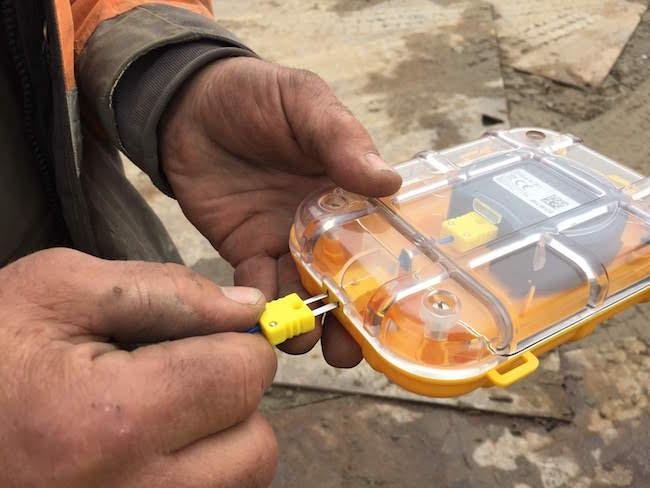Energy-storing cement, an unconventional breakthrough in material science, is quietly upending perceptions about what buildings can actually do. While recent innovations tend to favor digital integrations—smart thermostats come to mind—this concrete solution rewrites the script: walls and foundations emerging not merely as immobile supports, but as silent custodians of electricity.
The concept revolves around a new class of supercapacitors ingeniously synthesized from three common substances: cement, water, and carbon black—a fine charcoal-like powder often relegated to less glamorous domains such as pigmentation or rubber reinforcement. Upon intimate intermingling with water and cement paste, these carbon particles aggregate into a dendritic network. Dangling from the central thesis that conductivity is king for storage solutions—carbon black’s presence gifts concrete with conductive veins while retaining vital compressive strength.
Consider for a brief moment: a standard residential foundation poured using this enhanced formula could store approximately 10 kilowatt-hours of energy in around 45 cubic meters of mass. That is largely sufficient for covering basic energy needs spanning daylight absence. Plugging directly into attached solar arrays during productive hours; at dusk or storm’s arrival—the very structure shoulders the burden without recourse to external lithium-packed contraptions prone to hazardous decay.
Stumbling upon such practical abundance alters how society might value resources like concrete itself—not only as shelter but also resiliency against grid volatility. Yet not everyone accepts this trajectory without caution; skeptics warn (rightly so) about issues like scalability—or potential degradation if environmental exposure isn’t carefully managed.
Unexpected developments have extended beyond carbon blends too. In China’s Southeast University laboratories, attempts at integrating hydrogel layers within traditional Portland matrixes have birthed new thermoelectric composites that both store and generate electricity when exposed to temperature variations—with tenfold efficiency jumps compared with prior iterations. By adopting multilayered stratification (alternating conventional cement slices and polyvinyl alcohol hydrogel sheaths), researchers unlocked swift ionic migration across interfaces—a crucial aspect neglected by earlier generations targeting brute capacitive accumulation instead.
This dual “store-and-generate” functionality allows building envelopes not just passive buckets but active harvesters making use even out of thermal differentials between interior spaces and afternoon sunlight. Some argued that architecture would never transcend its inert functions—but they possibly overestimated human adherence to categorization.
Feeling compelled by more than scientific fervor alone, infrastructure planners worldwide now explore larger ambitions involving roads embedded beneath induction coils powered via similarly electrified slabs—for wireless vehicular charging mid-transit rather than stationary pit stops only. Imagine city streets performing double duty by ferrying commuters while simultaneously recharging car batteries on-the-go through silent electromagnetic transfer conducted through electrodes nestled inside the pavement’s seemingly mundane gray crust.
Many observers regard affordability as an untapped benefit seldom prioritized elsewhere among novel battery chemistries: using abundant ingredients drastically reduces cost barriers faced especially by rapidly urbanizing regions. Here’s one irony—it turns out retrofitting homes with high-tech panels counts for little if storage remains prohibitively costly; especially where demand spikes unpredictably due to climate quirks or unreliable grid feed-ins.
Yet ask any structural engineer tapping her pen thoughtfully against site blueprints—and she will express concern over lifecycle durability before scalable rollout proceeds full tilt. A crucial aspect involves ensuring clumping distributions remain consistent lest cracks propagate along weakly bonded nodes formed during hydration reactions—a process unpredictable when rushed under tight labor deadlines common on construction sites worldwide.
Curiously enough though—where criticisms abound regarding theoretical capacity limits or complications in mesh uniformity—they still contrast sharply alongside the momentum gathering behind hybrid approaches blending traditional electrical systems with architectural electroactive substrates altogether unimagined early last decade. Acting at cross-purposes may yield advancements unforeseen now; perhaps window frames too will assume storage burdens typically reserved for sub-flooring slabs—that seems unlikely until viewed through recent patent filings suggesting otherwise.
As discussions heat up around renewable adoption targets post-2030 (some say heating is overly optimistic), these advances incite re-examination even among established stakeholders who once derided built environments as energy dead zones rather than dynamic nodes in tomorrow’s power networks. For all its ubiquity in modern civilization—the basic chemistry underpinning Portland cement quietly conceals greater adaptability than most museums give credit for within exhibition halls devoted solely toward humanity’s search for progress rather than invention-by-reuse motifs plainly worthy of second glances nowadays.
Would homebuyers someday select floor plans premised equally on kilowatt stowage ratings? That notion sounded fanciful until prototypes quietly illuminated nightlights sans external supply recently—for some neighborhoods at least—that reality has already arrived disguised under ordinary stoops blending perfectly into familiar curb views where sweeping transformation often prefers inconspicuous entry points over dramatic pageantry every time.

